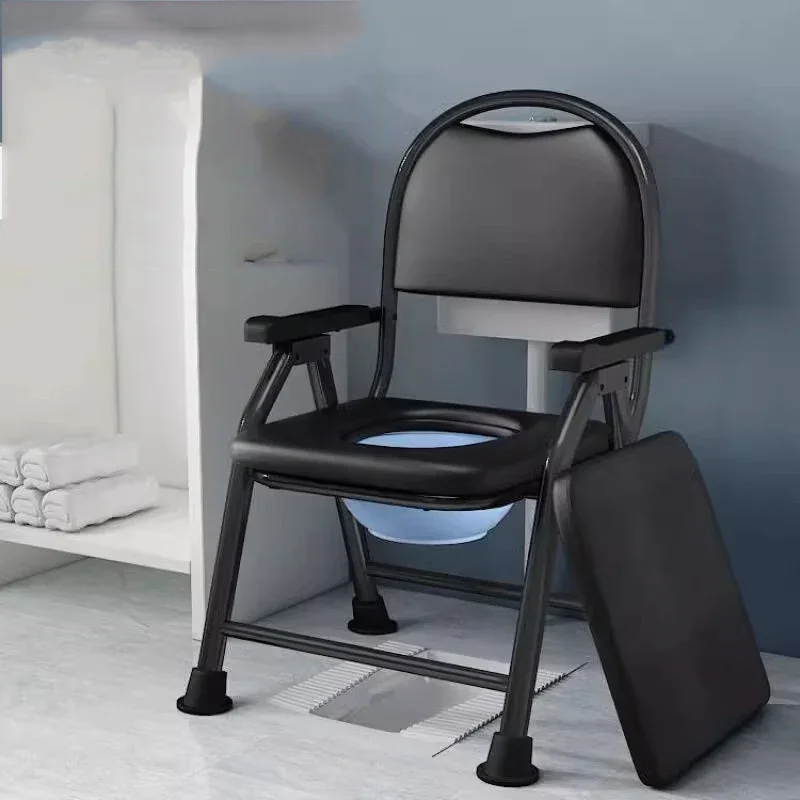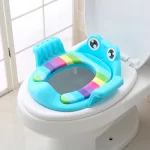As we age, our mobility and physical abilities can change, requiring adjustments in our living environments to maintain comfort, safety, and independence. One crucial yet often overlooked aspect is the toilet seat, an everyday essential that can significantly impact the elderly’s quality of life. This article will delve into the features and considerations for choosing the right toilet seat for the elderly, providing a comprehensive guide to help you make an informed decision.
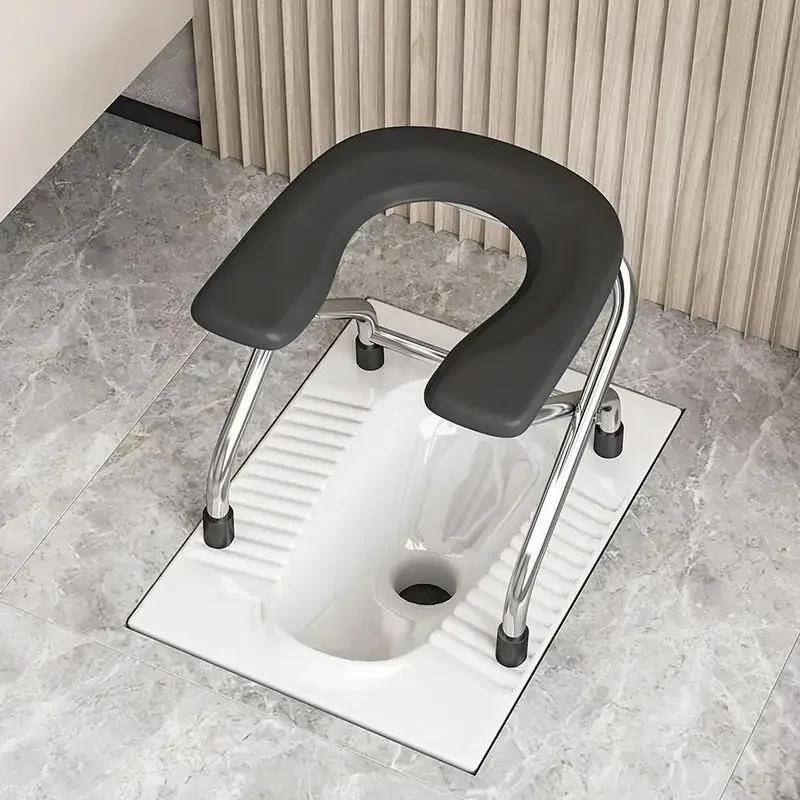
Understanding the Importance of the Right Toilet Seat
Choosing the right toilet seat for elderly individuals extends beyond mere comfort; it’s fundamentally about ensuring their safety and maintaining their independence. For many seniors, basic tasks such as using the toilet can become challenging due to reduced strength, mobility, and balance. Falls in the bathroom are unfortunately common among older adults, often leading to severe injuries.
An appropriate toilet seat can alleviate these challenges, reducing the risk of accidents and making the bathroom a safer and more accessible place. A properly chosen toilet seat can offer the necessary support and stability, making the act of sitting down and standing up easier and less strenuous. It can also help to preserve the dignity and independence of elderly individuals, allowing them to perform everyday tasks without needing constant assistance.
Furthermore, a well-chosen toilet seat can improve hygiene by offering features that are easier to clean and maintain, a crucial aspect for those with limited mobility. Therefore, the importance of selecting the right toilet seat for the elderly cannot be understated, as it directly impacts their safety, independence, and overall quality of life.
Key Features to Look for in a Toilet Seat for the Elderly
When selecting a toilet seat for an elderly individual, several essential features should be taken into account to enhance comfort, safety, and usability. Here are some key features to consider:
Height Adjustability
One of the most significant features is the height of the toilet seat. Standard toilet seats may be too low, making it difficult for seniors to sit down and stand up. A raised toilet seat can alleviate this issue by providing additional height, reducing the strain on knees and joints. Adjustable-height options are ideal as they allow customization based on the user’s specific needs.
Stability and Sturdiness
The toilet seat must be stable and sturdy to prevent any wobbling or movement that could cause a fall. Look for models with secure attachment mechanisms that keep the seat firmly in place. Higher-quality materials and construction will also contribute to a more stable and durable seat.
Ease of Cleaning
Hygiene is crucial, especially for those with compromised immune systems or limited mobility. Toilet seats with smooth, non-porous surfaces are easier to clean and sanitize. Some models come with antimicrobial coatings that prevent the growth of bacteria and mold, further enhancing hygiene.
Padded Comfort
For seniors with conditions such as arthritis or chronic pain, a padded toilet seat can provide additional comfort, reducing pressure points and making the experience more pleasant. Ensure that the padding is made of waterproof and easy-to-clean materials to maintain hygiene.
Types of Toilet Seats Suitable for the Elderly
There are various types of toilet seats designed to address the specific needs of elderly users. Here, we explore the most common types and their benefits.
Raised Toilet Seats
Raised toilet seats are designed to add extra height to the existing toilet, making it easier for seniors to sit and stand without straining their knees or back. These seats typically add between 2 to 6 inches of height and can come with or without handles. Raised toilet seats are an excellent option for those who have difficulty bending or have limited lower body strength.
Padded Toilet Seats
Padded toilet seats offer additional comfort by incorporating cushioning on the seating surface. This padding can be especially beneficial for elderly individuals with conditions like arthritis or those who experience discomfort sitting on hard surfaces. Padded seats should be made of waterproof, easy-to-clean materials to ensure hygiene.
Commode Chairs
Commode chairs are portable toilet solutions that can be placed beside the bed or in other convenient locations. They are particularly useful for individuals with severe mobility issues who cannot easily make it to the bathroom. Many commode chairs can also serve as raised toilet seats and shower chairs, providing a versatile solution for multiple needs.
Bidet Toilet Seats
Bidet toilet seats offer built-in bidet functions that can improve hygiene and convenience. These seats come with features like adjustable water pressure, temperature control, and air drying. Bidet seats can be particularly helpful for seniors with limited mobility or dexterity, as they reduce the need for physical cleaning.
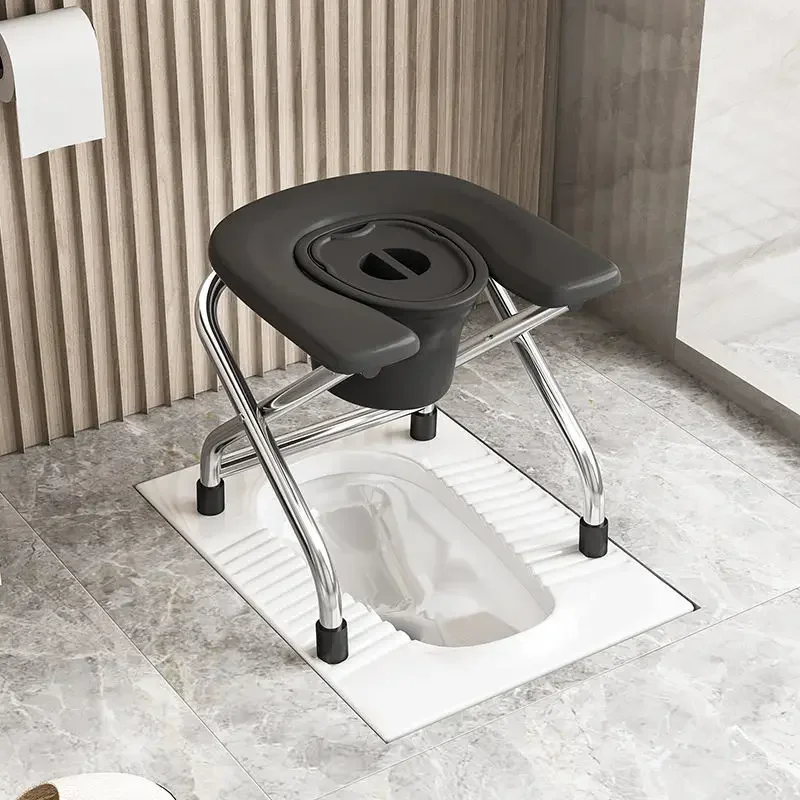
Installation and Maintenance Considerations
The installation and maintenance of a toilet seat can significantly affect its usability and longevity. Here are some considerations to keep in mind:
Easy Installation
Toilet seats for the elderly should be easy to install without requiring extensive tools or technical knowledge. Most seats designed for senior use come with straightforward instructions and the necessary hardware for installation. If you’re unsure about installation, consider hiring a professional to ensure the seat is secured correctly and safely.
Compatibility Check
Before purchasing, check the compatibility of the toilet seat with the existing toilet. Measure the toilet bowl to ensure that the seat will fit correctly. Some seats fit only standard or elongated toilets, so this consideration is crucial for a successful installation.
Regular Cleaning
Maintenance includes regular cleaning to ensure hygiene and functionality. Use mild soap and water or a disinfectant suitable for the materials of the toilet seat. Avoid abrasive cleaners that could damage the surface. For seats with padding or special coatings, follow the manufacturer’s cleaning recommendations.
Periodic Inspection
Regularly inspect the toilet seat for any signs of wear, loosening, or damage. Tighten screws and clamps as needed to maintain stability. If you notice any significant issues, such as cracks or broken parts, replace the seat immediately to prevent accidents.
Customizing Toilet Seats for Specific Needs
Every individual has unique needs, and customizing a toilet seat can further enhance safety and comfort. Here’s how you can tailor a toilet seat to meet specific requirements:
For Arthritis and Joint Pain
For individuals with arthritis or chronic joint pain, a padded toilet seat can provide additional comfort by reducing pressure on sensitive areas. Adding support handles or armrests can also help by offering extra leverage for sitting and standing, which can alleviate strain on joints.
For Balance and Stability Issues
Those with balance or stability issues can benefit from a toilet seat with built-in safety frames or additional grab bars. These features provide much-needed support and can help prevent falls. Choose non-slip materials for armrests and frames to ensure a secure grip.
For Limited Mobility
For seniors with limited mobility, such as those using wheelchairs or walkers, a raised toilet seat can make transfers easier. Ensure that the height of the seat matches well with their mobility aid to make the process as seamless as possible. Commode chairs might also be a suitable option as they can be placed closer to where the individual spends most of their time.
For Incontinence and Frequent Use
For those dealing with incontinence or frequent use, hygiene becomes even more critical. A bidet toilet seat can offer a higher level of cleanliness with less physical effort. Models with adjustable water pressure and temperature control can provide additional comfort and customization.
For Cognitive Impairments
Elderly individuals with cognitive impairments, such as dementia, may benefit from a toilet seat with added visual cues. Brightly colored seats or those with illuminated features can help make the toilet more recognizable and easier to use independently.
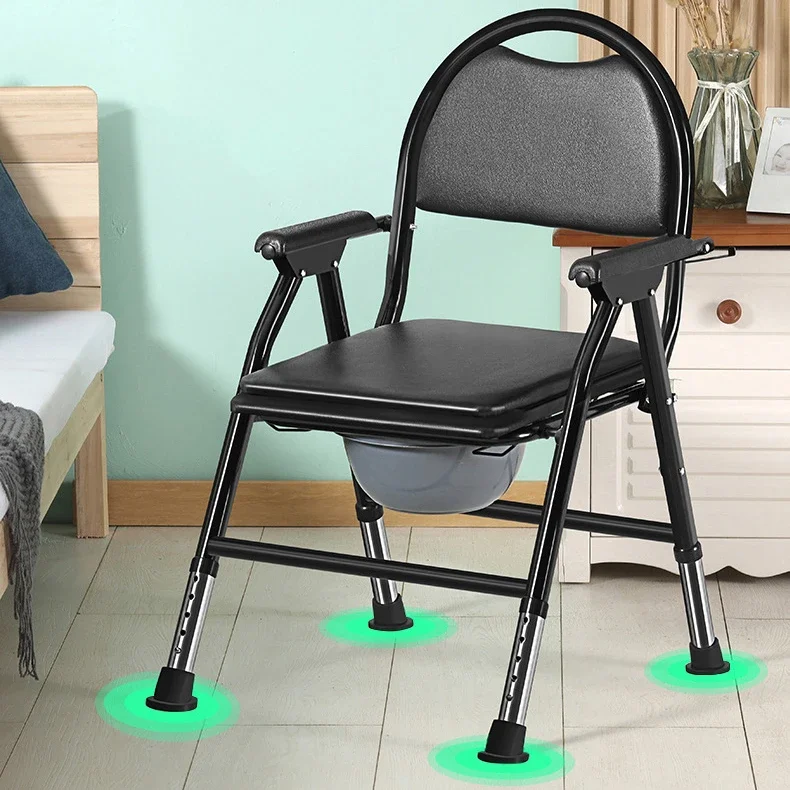
Conclusion: Making the Informed Choice
Choosing the right toilet seat for the elderly is a decision that involves careful consideration of various features, types, needs, and brands. It’s about more than just finding a comfortable seat; it’s about ensuring safety, maintaining dignity, and enhancing independence. By understanding the importance of the right toilet seat and considering key features like height, stability, ease of cleaning, and additional support, you can make a choice that significantly improves the quality of life for elderly individuals.
Taking the time to explore different types of toilet seats, such as raised seats, padded seats, commode chairs, and bidet seats, allows you to tailor the choice to specific needs. Installation and maintenance considerations ensure that the seat remains functional and safe over the long term. Customizing the seat for specific requirements addresses unique challenges, providing a personalized and effective solution.
